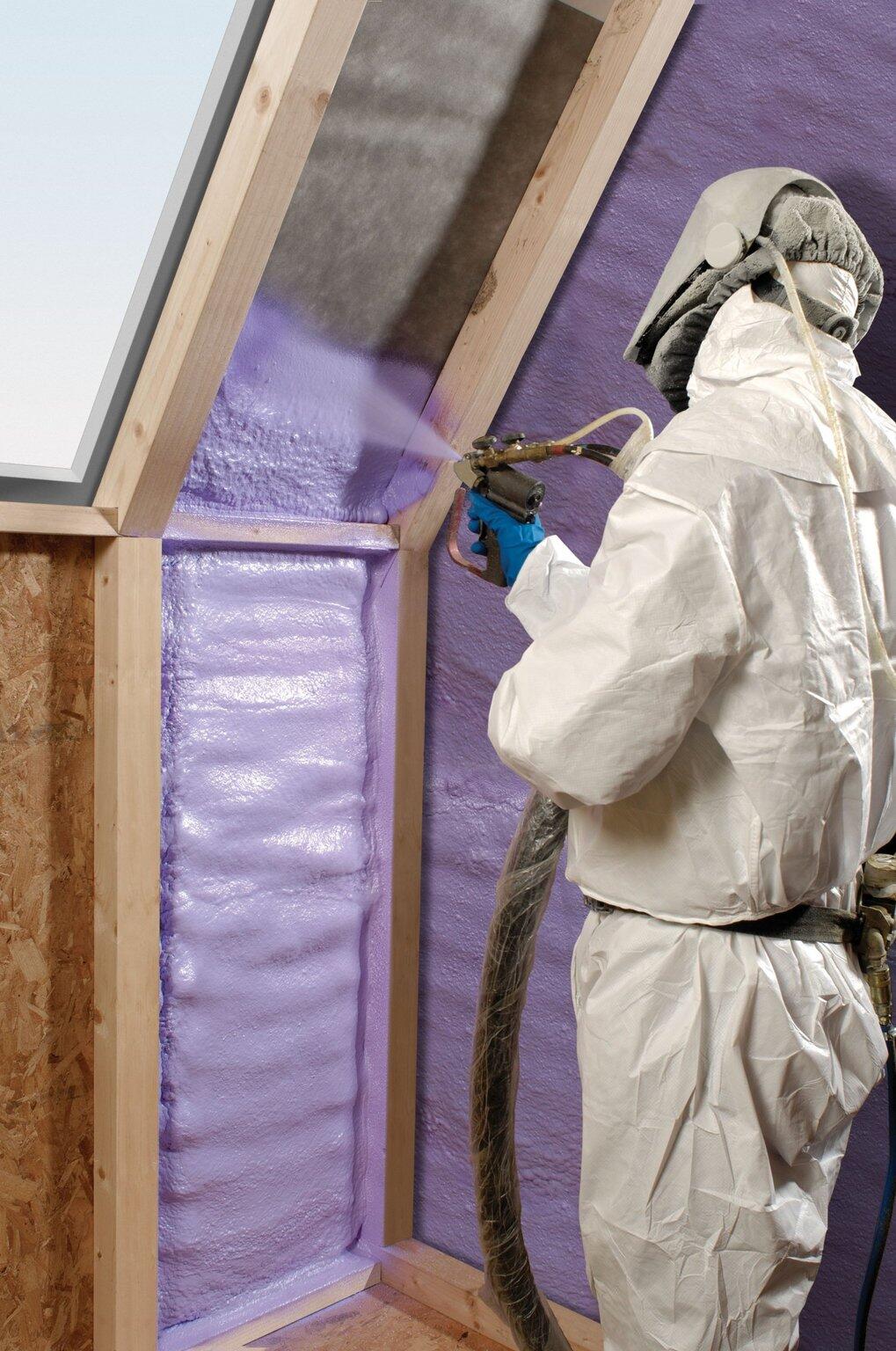When it comes to insulating your home, the choices can be overwhelming. Traditionally, fiberglass insulation has been the go-to option for many homeowners and builders. However, open cell spray foam is gaining popularity as a superior alternative.
In this article, we’ll delve into why ditching fiberglass for open cell spray foam is a smart choice. Read on.
What is Open Cell Spray Foam?
Open cell spray foam is a type of insulation that expands upon application, creating a lightweight, spongy texture. Unlike closed cell spray foam, which is denser and more rigid, open cell foam has tiny interconnected pockets that allow for some air movement and flexibility.
Superior Insulating Properties
One of the most compelling reasons to choose open cell spray foam over fiberglass is its excellent insulating properties. This spray foam boasts a higher R-value per inch, typically ranging from 3.5 to 3.6, in contrast to fiberglass, which averages about 2.2 to 2.7. The R-value serves as a gauge of an insulation material’s resistance to heat flow.
The higher the R-value, the better the insulation. This means this spray foam provides superior thermal performance, keeping your home warmer in the winter and cooler in the summer. Make sure to consult an expert when you shop for spray foam insulation to ensure proper guidance in choosing the best spray foam option.
Air Sealing Capabilities
Unlike fiberglass, this spray foam acts as both an insulator and an air barrier. When applied, it expands to fill gaps, cracks, and crevices, creating a seamless air seal.
This reduces drafts, which are common in fiberglass-insulated homes, and can significantly lower your energy bills. Studies have shown that homes insulated with spray foam can save up to 50% on heating and cooling costs compared to those with traditional fiberglass insulation.
Moisture and Mold Resistance
One of the benefits of spray foam is its ability to resist moisture. While fiberglass can absorb water and become a breeding ground for mold and mildew, this spray foam does not hold water, allowing it to dry quickly if it gets wet.
This moisture resistance helps maintain the integrity of the insulation and prevents the growth of mold. This can be harmful to your health and the structural integrity of your home.
Soundproofing Qualities
Open cell insulation also offers excellent soundproofing qualities. The open-cell structure helps absorb sound waves, making it an ideal choice for reducing noise transmission between rooms and from outside sources.
Eco-Friendliness
For environmentally-conscious homeowners, this spray foam application is a greener option compared to fiberglass. Many open cell spray foam products are made with renewable resources and contain fewer toxic chemicals. Additionally, because spray foam provides superior insulation, it can reduce your home’s overall energy consumption, leading to a smaller carbon footprint.
Installation Benefits
The installation of open cell spray foam is quicker and more efficient than fiberglass. Professional installers can apply the foam directly to walls, ceilings, and floors, and it expands to its full thickness within seconds. This reduces installation time and labor costs, allowing you to enjoy the benefits of enhanced insulation sooner.
Try Out Open Cell Spray Foam Today
While fiberglass has been a longstanding choice for home insulation, open cell spray foam offers a range of benefits that make it a smarter choice for modern homeowners. Open cell spray foam stands out as the clear winner.
If you’re considering an insulation upgrade, making the switch to open cell spray foam could be one of the best decisions for your home and your wallet.
If you want to read more articles, visit our blog.





Be First to Comment